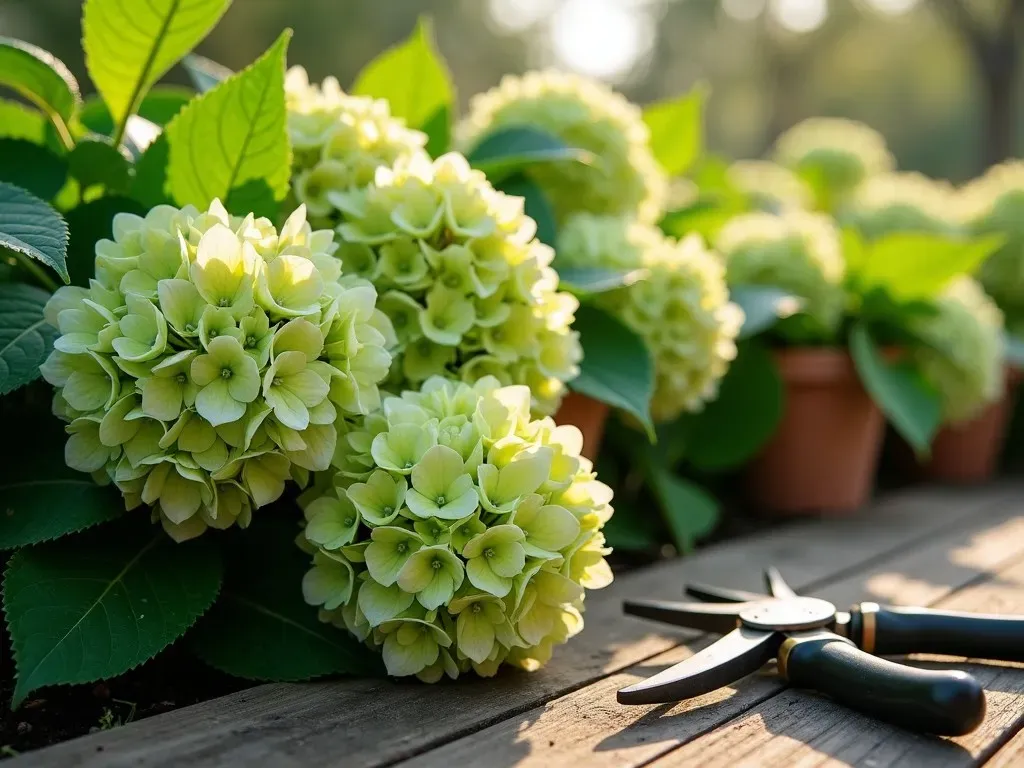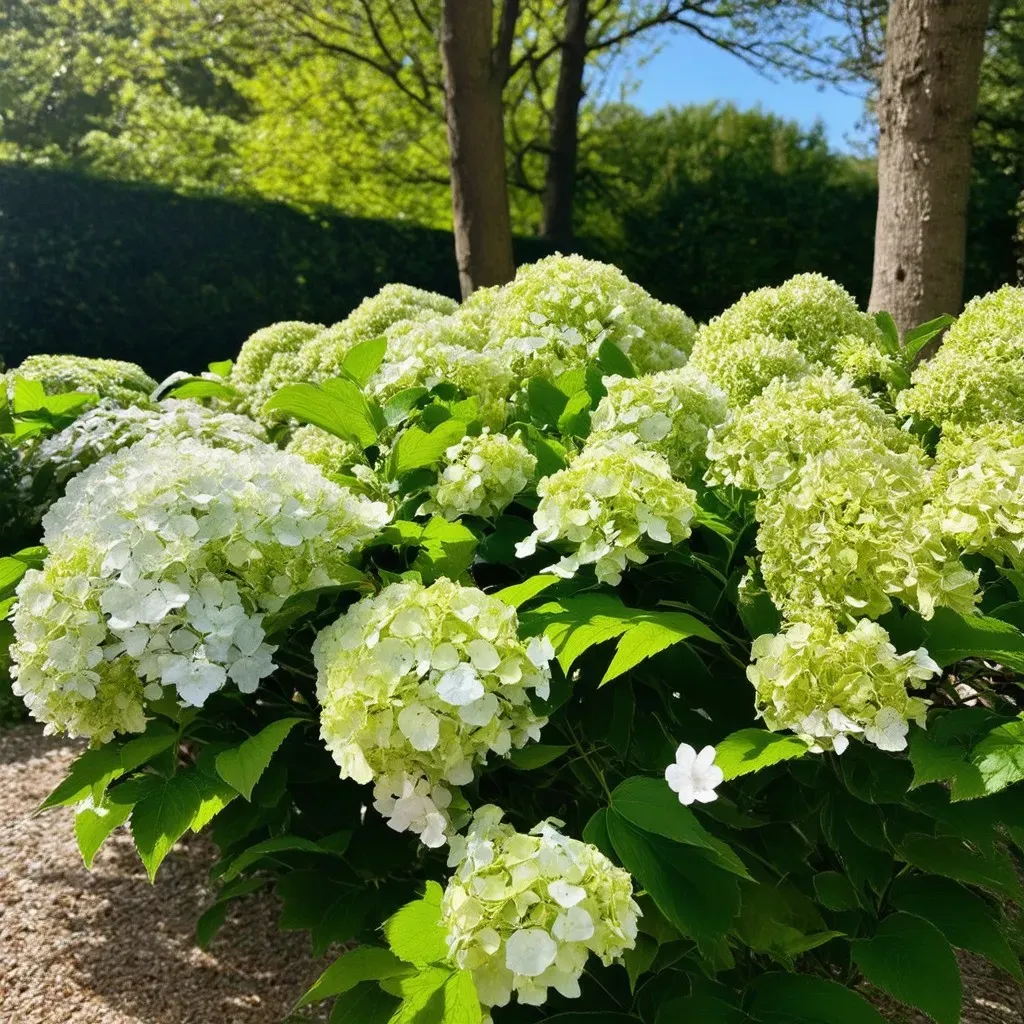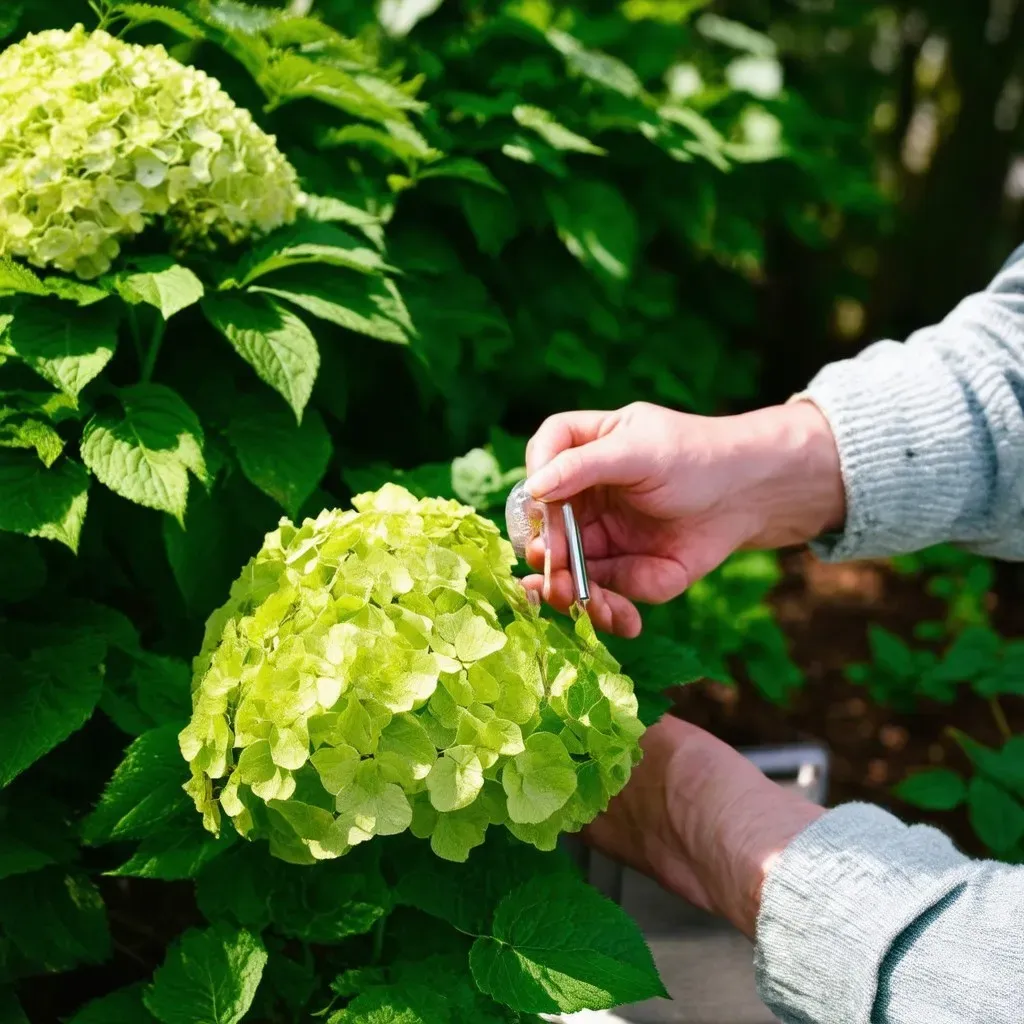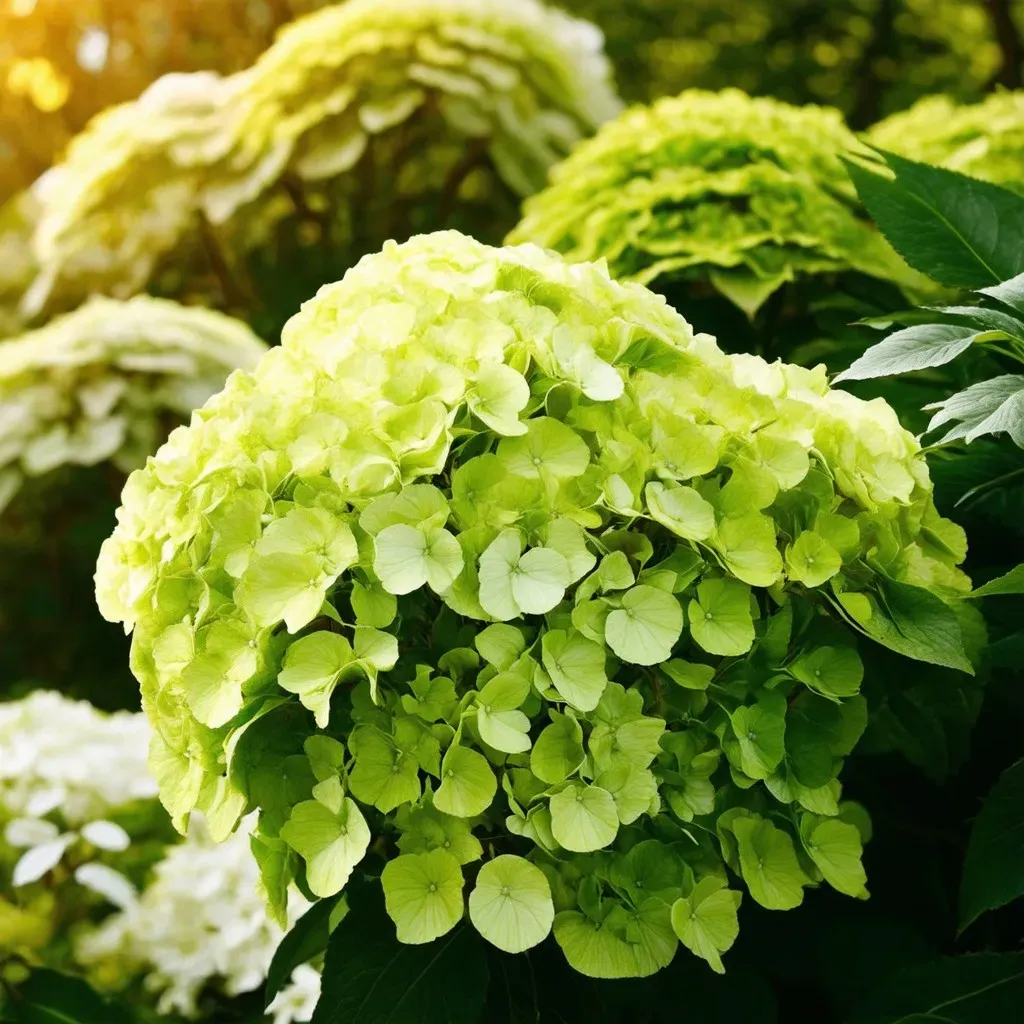Keyword: propagate limelight hydrangea
Limelight hydrangea (Hydrangea paniculata ‘Limelight’) is a popular garden choice known for its stunning conical blooms and vibrant foliage. This deciduous shrub can grow up to 8 feet tall and 6 feet wide, showcasing large flower clusters that transition from green to creamy white, then to a soft pink as they mature. But did you know that propagating your own Limelight hydrangeas is not only possible but also an incredibly rewarding experience?
Propagating your Limelight hydrangeas allows you to expand your garden or share this beautiful plant with friends and family. Follow this complete guide to learn the best methods for propagating Limelight hydrangeas and maximizing your success rate.
Methods of Propagation
Softwood Cuttings
Softwood cuttings are one of the most effective ways to propagate Limelight hydrangeas. This method is best suited for late spring to early summer, during the active growing season.
Steps to Take Softwood Cuttings:
- Selecting the Cutting: Choose a healthy, green shoot that is about 4-6 inches long and has at least two sets of leaves.
- Preparing the Cutting: Using sterilized pruning shears, cut just below a leaf node.
- Remove Lower Leaves: Carefully remove the lower leaves to prevent rot when placed in the soil.
- Apply Rooting Hormone: Dip the cut end of the stem in rooting hormone to enhance root development.
- Plant the Cutting: Insert the cutting into a pot filled with well-draining potting soil, ensuring that the bottom half of the cutting is buried.
Hardwood Cuttings
Hardwood cuttings are taken during late fall to winter when the plant is dormant. This method yields good results, but it may take longer for the cuttings to root.
Steps to Take Hardwood Cuttings:
- Preparation: Select a healthy stem from the previous season that is about 6-8 inches long.
- Cut the Stem: Use sterilized pruners to make a clean, angled cut.
- Remove Leaves: Trim any leaves from the bottom half of the cutting.
- Rooting: Similar to softwood cuttings, treating the cut end with rooting hormone can improve success.
- Planting: Insert the cutting into a container with well-drained soil and water gently.
Propagation Success Rates
| Method | Best Time of Year | Success Rate (%) | Time to Root |
|---|---|---|---|
| Softwood Cuttings | Late Spring to Early Summer | 70-90% | 4-6 weeks |
| Hardwood Cuttings | Late Fall to Winter | 60-80% | 8-12 weeks |
Care After Propagation
After you’ve planted your cuttings, it’s essential to provide the right care to ensure their successful growth:
Watering
Keep the soil consistently moist but not waterlogged. Mist the cuttings occasionally to maintain humidity, especially if you are propagating indoors or in a dry environment.
Light Conditions
Place the cuttings in a location with indirect sunlight. Too much direct sunlight can lead to drying out, while too little can hinder growth.
Temperature
Maintain a temperature between 65°F to 75°F. Warmer environments generally encourage quicker root development.
Reference Video
Frequently Asked Questions (FAQ)
Q: How can I tell if my cuttings have rooted?
A: After about four weeks, gently tug on the cuttings. If you feel resistance, it means that roots are developing. AnOther way to check is by observing new leaf growth at the top, which is a good indicator that rooting has occurred.
Q: How long does it take for Limelight hydrangeas to bloom after propagation?
A: Typically, if you propagate successfully, you can expect blooms within 1-2 years. The time frame can vary based on care, environment, and the initial size and health of the cuttings.
Q: Can I propagate Limelight hydrangeas in water?
A: While it is possible to root cuttings in water, it’s generally more successful to root them directly in soil or a potting mix. Water can cause rot if it is not changed frequently.
Q: What kind of soil is best for growing Limelight hydrangeas?
A: A well-draining potting mix, enriched with organic matter like compost or peat moss, is ideal for Limelight hydrangeas. It promotes healthy root growth while preventing waterlogging.
Q: When is the best time to plant rooted cuttings outside?
A: You can plant them outside after the last frost in spring. Make sure they are acclimatized to outdoor conditions first.
Conclusion
By following these propagation techniques and tips, anyone from novice to experienced gardener can successfully propagate Limelight hydrangea. The softwood and hardwood methods allow for flexibility based on the seasons and can dramatically enhance the beauty of your garden without the steep costs of purchasing new plants.
Resources:
- How to Propagate Limelight Hydrangeas – YardPrep
- How to Grow and Care for Limelight Hydrangea – The Spruce






